Interpreting Class Conditional GANs with Channel Awareness
1HKUST
2ByteDance Inc.
Category-oriented Attributes
Category: Boston Bull
| Mouth | Ear | Face | Tongue |
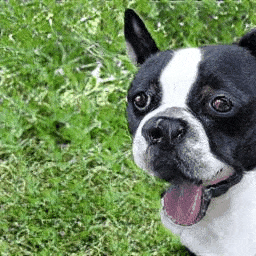 |
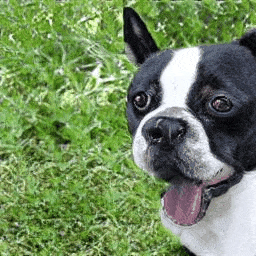 |
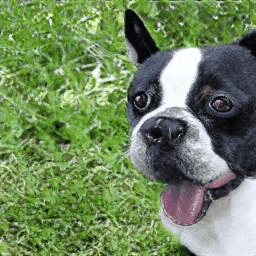 |
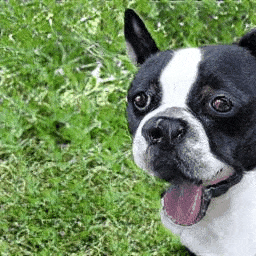 |
Category: Brambling
| Body Size | Head Pose | Belly | Feather |
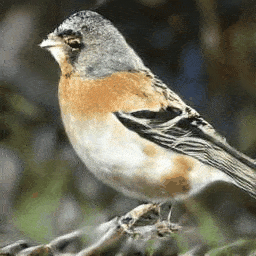 |
 |
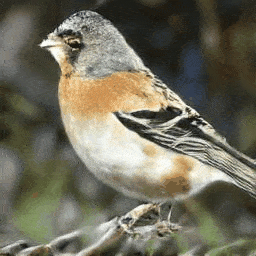 |
 |
Category: Volcano
| Mountain Size | Ash | Fire | Sky |
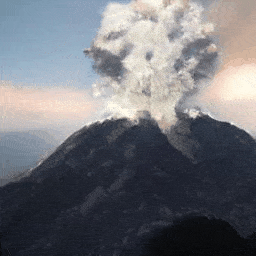 |
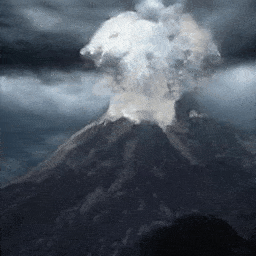 |
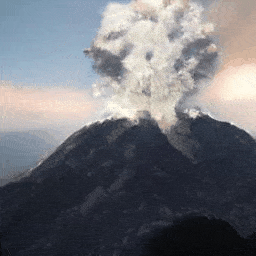 |
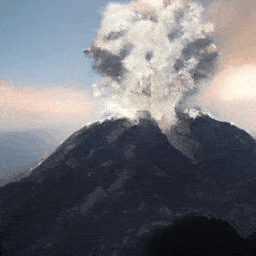 |
Category: Castle
| Width | Cloud | Foreground | Water |
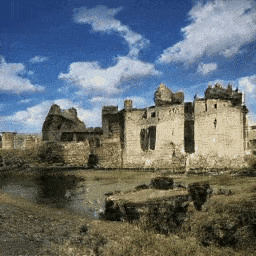 |
 |
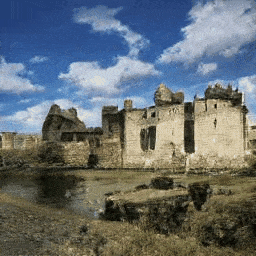 |
 |
Latent-oriented Attributes
| Bubble | Great Grey Owl | Bee Eater | Speedboat | Lifeboat | |
|
Size
|
 |
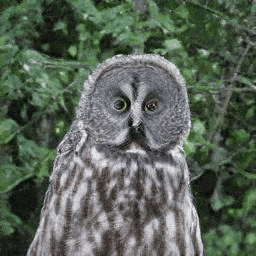 |
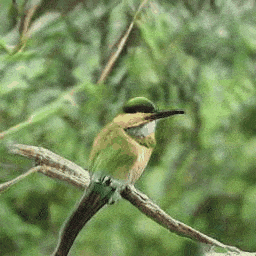 |
 |
 |
|
Background
|
 |
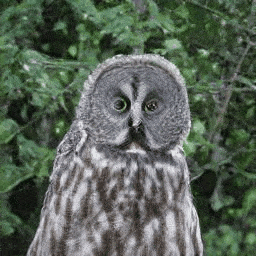 |
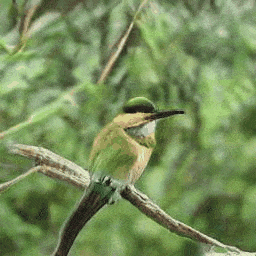 |
 |
 |
|
Style
|
 |
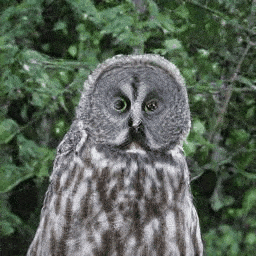 |
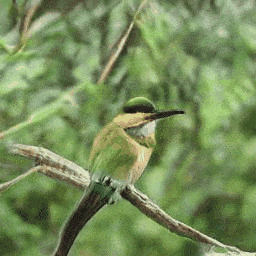 |
 |
 |
Fuse the characteristics of two classes: mix features regarding the class-relevant channels.
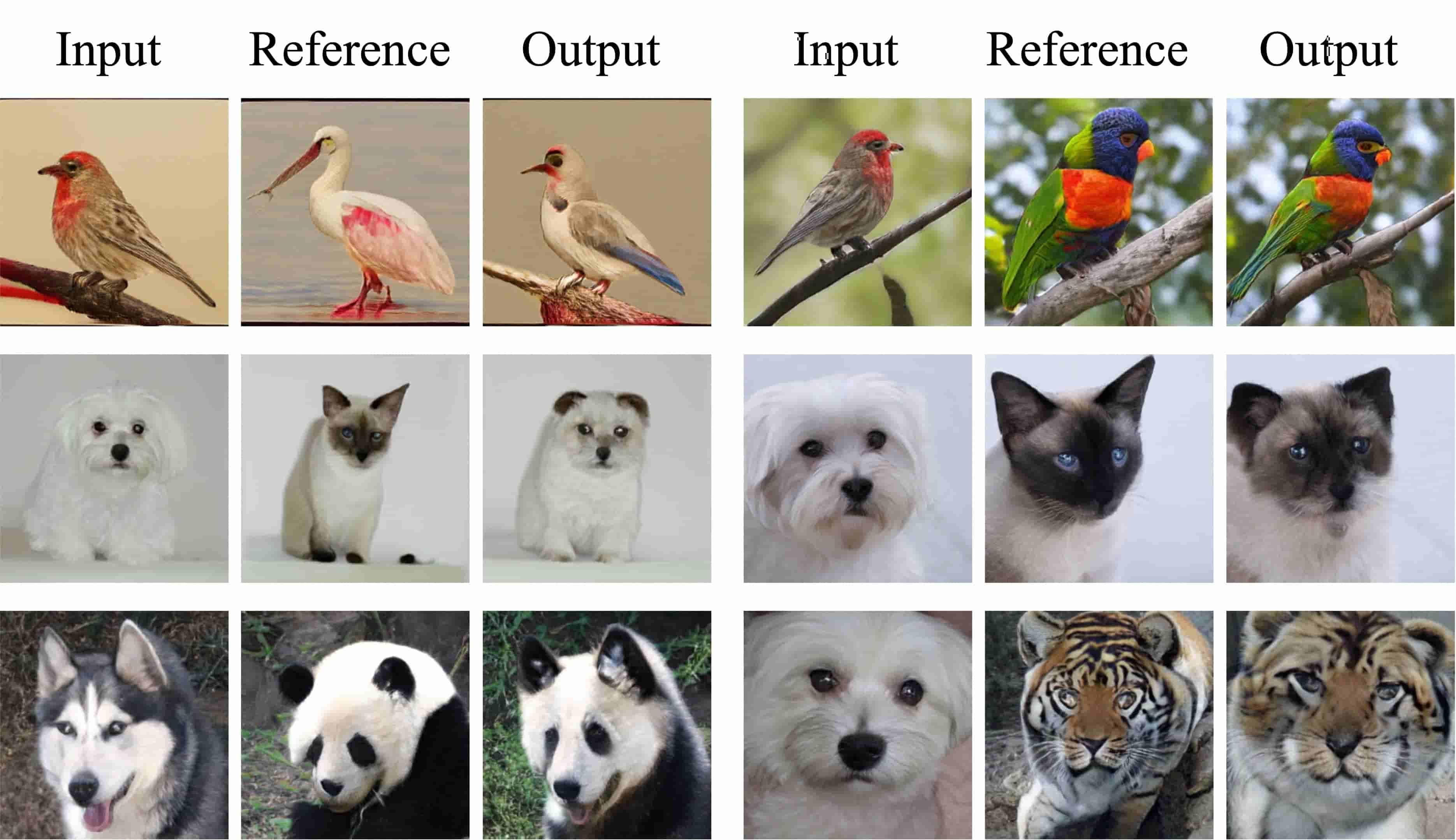 |
Segment synthesized samples: perform clustering on per-pixel features weighted by channel awareness.
 |
Categories with high total channel awareness: high quality and low diversity.
| Manhole Cover | Rapeseed | Odometer | Website | Cypripedium parviflorum |
 |
 |
 |
 |
 |
Categories with low total channel awareness: low quality and high diversity.
| Chainsaw | Stretcher | Reel | Plastic Bag | Barrow |  |
 |
 |
 |
 |
@article{he2022interpreting,
title = {Interpreting Class Conditional GANs with Channel Awareness},
author = {He, Yingqing and Zhang, Zhiyi and Zhu, Jiapeng and Shen, Yujun and Chen, Qifeng},
journal = {arXiv preprint arXiv:2203.11173},
year = {2022}
}

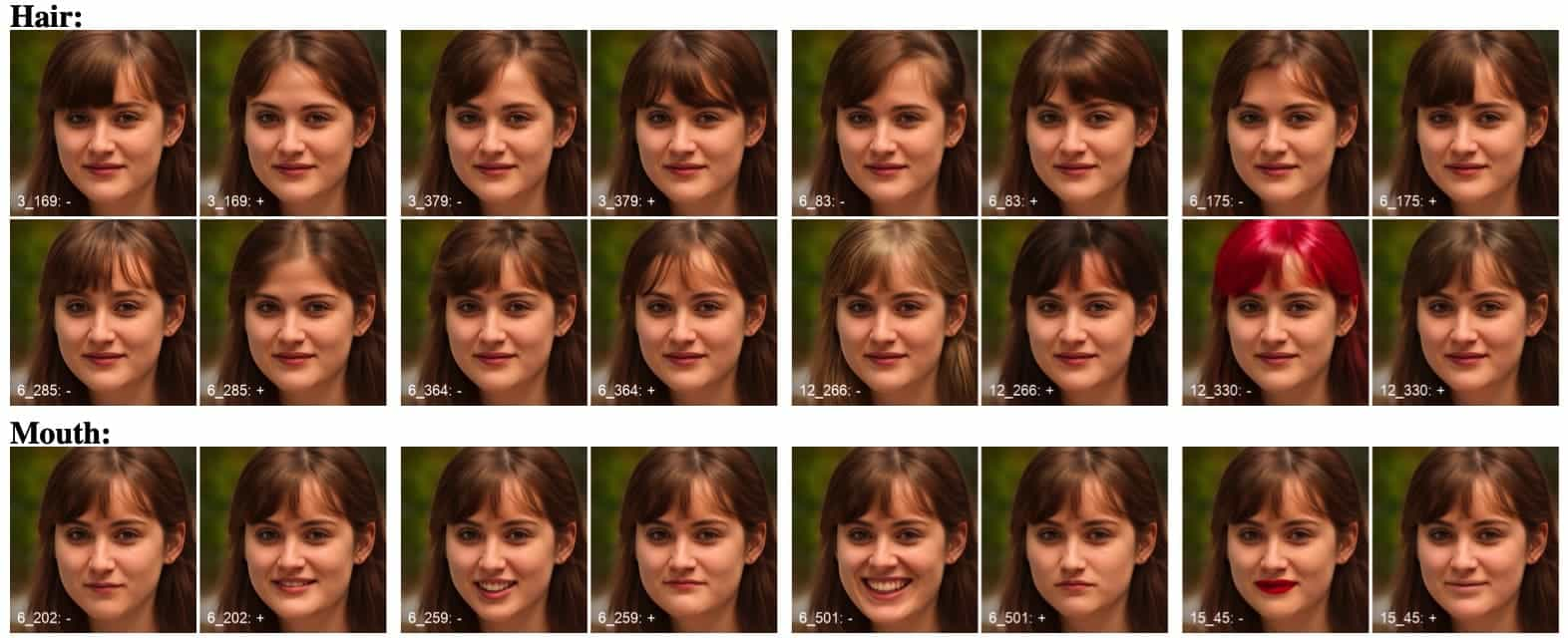

Comment: Proposes a large-scale conditional GAN, i.e., BigGAN, trained on ImageNet.